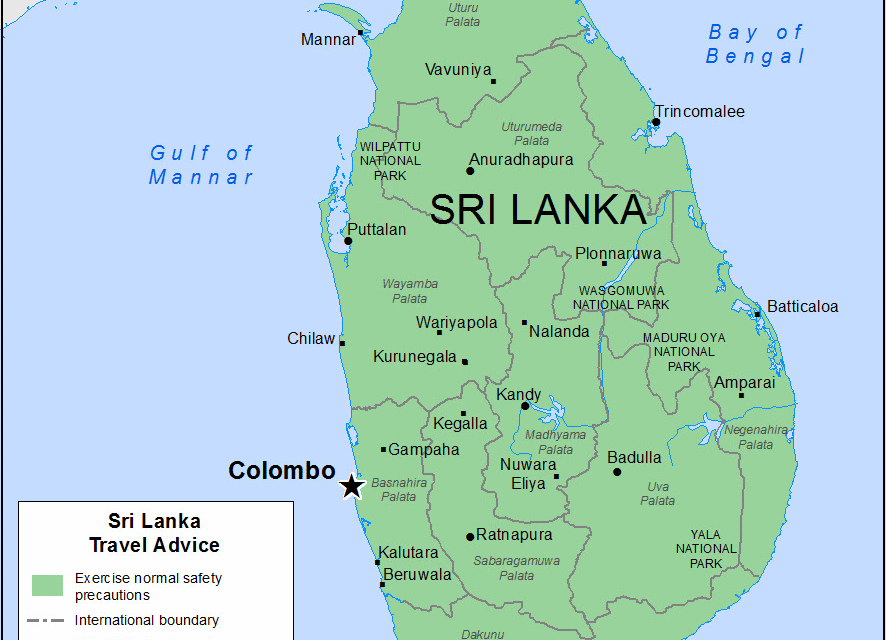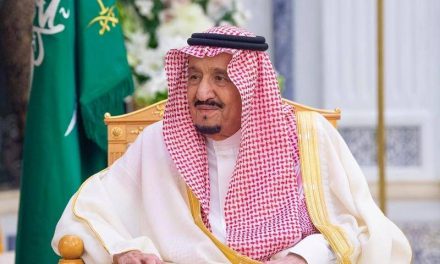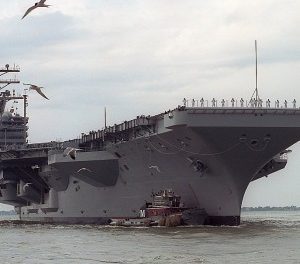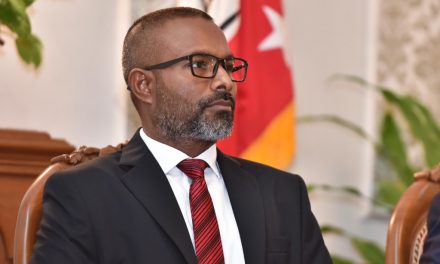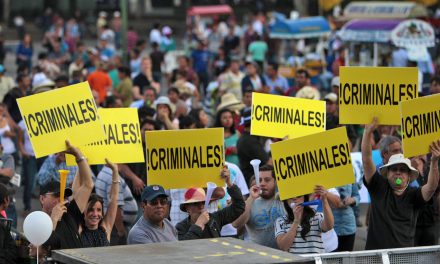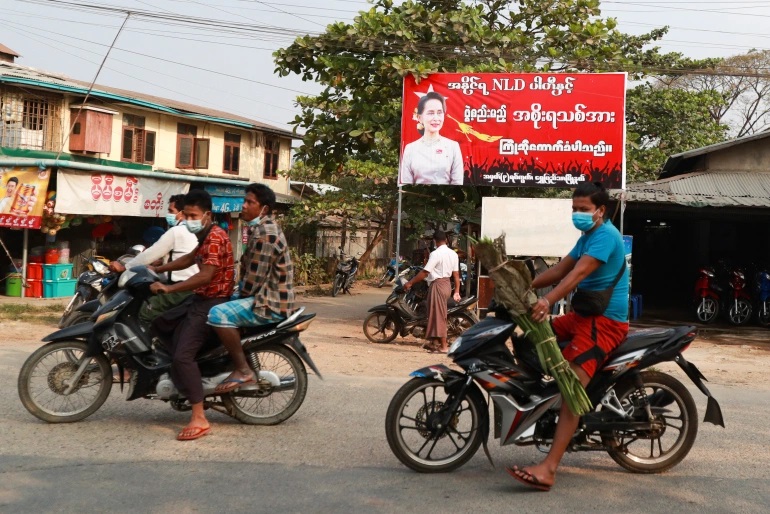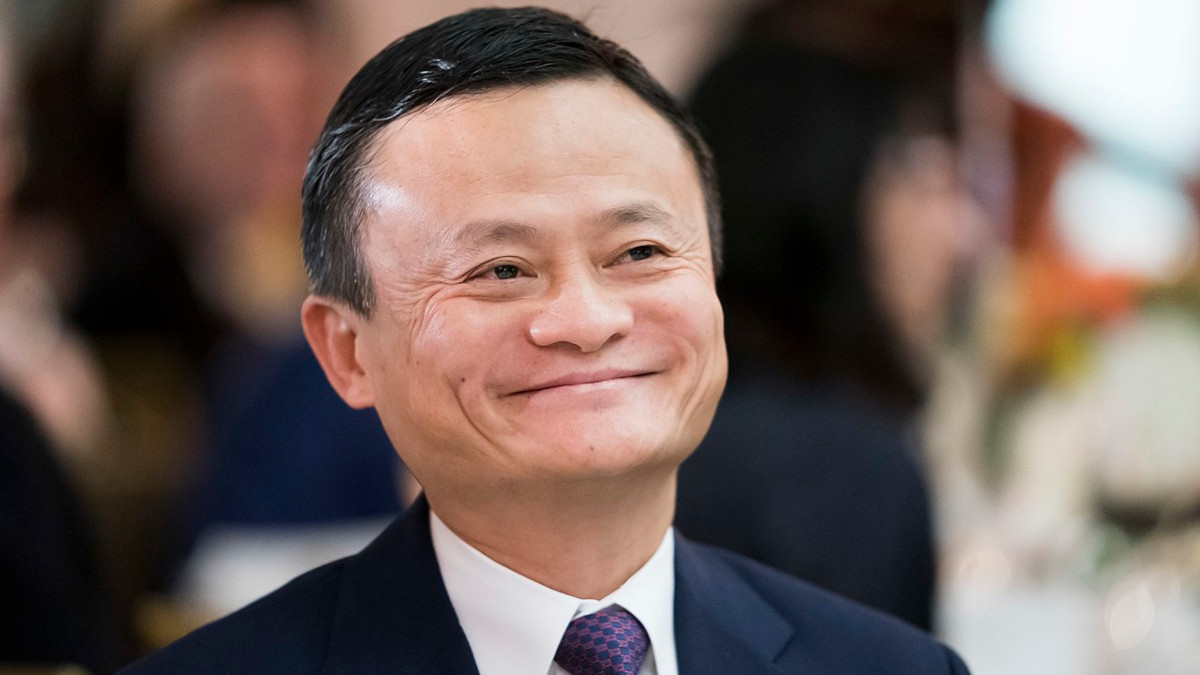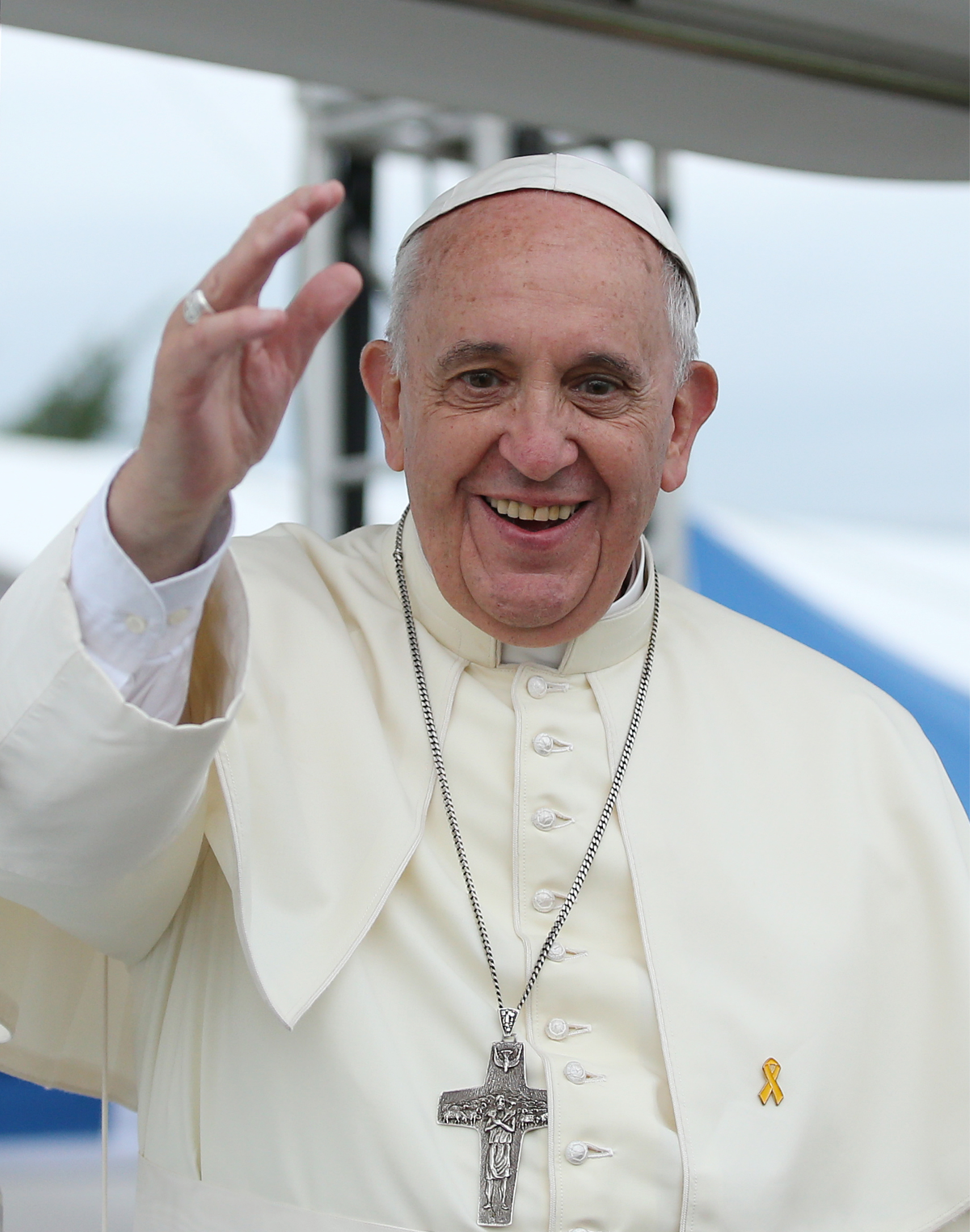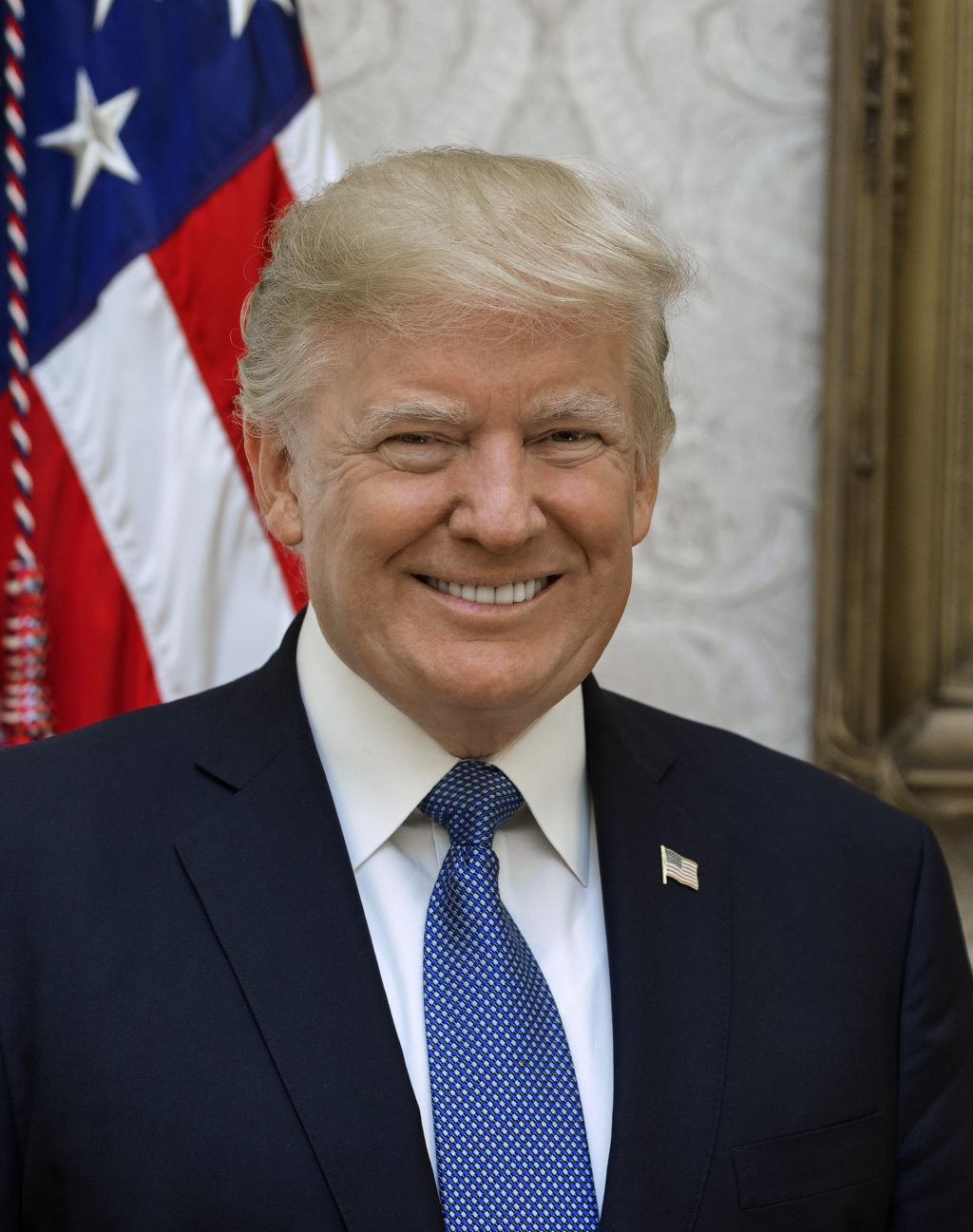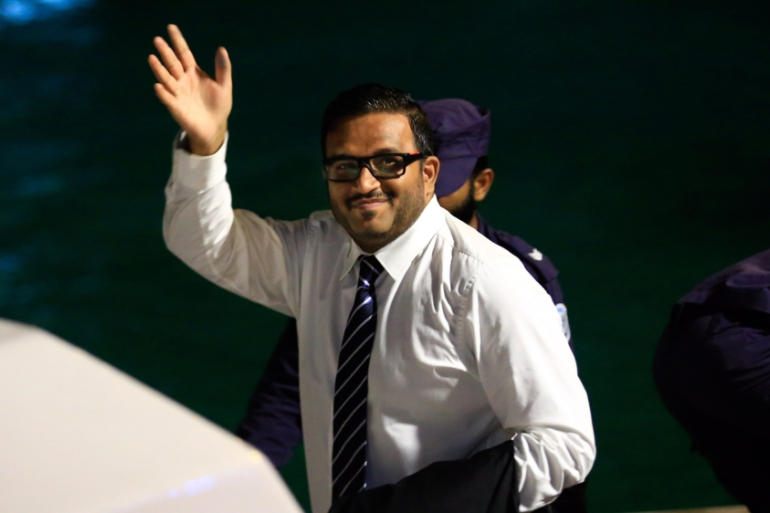What is the core of China’s debt-trap diplomacy?
10 July 2018
China chooses projects that do not yield short-term returns that are sufficient for countries to repay their debt. They choose projects that have long-term strategic value to them, ensuring that such projects will not generate profits to repay any part of the project loan in the near term. Corruption is an essential element in the strategy to make the borrower nations to sign on the dotted lines without any regards for the consequences.
The projects are grossly overpriced and only Chinese contractors, products and workers can be used in the projects. Other than land, water and electricity nothing from the recipient country is used in such projects. There is little or no other economic benefit to the recipient country.
Nations that are vulnerable to debt-trap diplomacy are Bangladesh, Bhutan, Cambodia, Djibouti, Kyrgyzstan, Laos, the Maldives, the Philippines, Mongolia, Montenegro, Myanmar, Nepal, Pakistan, Papua New Guinea, Sri Lanka, Tajikistan and Vanuatu. It is noticed that all the counties that surround India are included in this list, either by design or accident. Bungling of Indian foreign policy coupled with corruption drove Bhutan and Nepal, once strong allies of India, into the orbit of China. Indian corruption included illegal cross border trade, under-invoicing, tax evasions, illegal bank transaction and unfair, exploitative, monopolistic commercial practices by Indian contractors especially in the mining and construction sectors.
China’s Belt and Road initiative is another tool in the arsenal of debt-trap diplomacy. The debt-trap economic model enables China to convert economic debt into strategic influence and assets. This strategy would also enable China to shift the balance of power in Asia from America and its allies to its favour, while posing some security concerns for Japan, South Korea and Australia. Australian Fairfax Media reported in April that China had held preliminary discussions with Vanuatu about building a military base for naval ships in the South Pacific. China and Vanuatu both denied any plans were afoot. Australia should certainly make a note of this.
Sri Lanka an exemplary example of a success story of the debt-trap diplomacy.
The New York Times newspaper reported some of the findings of the police Criminal Investigation Department (CID) and the Central Bank’s Financial Intelligence Unit, that unusual payments were made from a Standard Chartered Bank account of China Harbour Engineering Company (CHEC) to Rajapaksa loyalists involved in the election campaign, including a Buddhist monk from Colombo 7, just before the January 2015 election. After this report, government made some investigations. But the investigations slowed down dramatically as the new government also began doing business with Chinese entities. Three other investigations, Nilwala river development ($690 million), purchase of two MA 60 aircraft ($41 million) and the purchase of two ships ($71 million), also appear to be on hold.
In the Nilwala case, nearly $30 million was paid to a Chinese company even before the commencement of any work and the official who authorized the payment is now reportedly living in New Zealand. The project never took off. A further $3.6 million had been paid to a politically influential local with links to both the SLFP and the UNP.
In Malaysia, Finance Minister Lim Guan Eng, referring to two gas pipeline projects, said that the Najib government had paid about US$2 billion, or 88 per cent of the total value of the projects, despite being less than 15 per cent complete.
It is possible that the payments were made on time-line rather than on performance.
It is noted that Chinese government linked companies are employing the same copycat method to take advantage of weaknesses in the contracts to rob poor countries without due regard to performance of the contracts on their part.
While the Chinese government is vigorously prosecuting corruption in its own territory, it keeps one eye closed on corruption perpetrated by Chinese companies in foreign territories.
Here is another example. Lakvijaya Power Station also known as the Norocholai Power Station is another project undertaken by Chinese in Sri Lanka. Since its creation in 2011, the power plant has faced several breakdowns. Power and Renewable Energy Deputy Minister, Ajith P. Perera, alleged that the Power plant was built with substandard and outdated material and is below international standards. Such complaints are also heard from Chinese projects in Africa.
The operations of the plant have affected not only the communities residing in villages adjacent to the Norocholai power plant, but also the environment by causing irreparable and irreplaceable damage continuously such as releasing toxic emissions causing air pollution, adding waste such as fly and bottom ash to sea water that’s detrimental to marine biodiversity.
This is typical of the Chinese projects. There are no proper technical, socio-economic, environmental and financial studies by the recipient governments prior to the implementation of the projects. Obviously Chinese answer would be caveat emptor (buyer beware). Then why are these governments queuing up to sign up for the Chinese projects. The simple answer is the greed and corruption in the leadership of the recipient counters. There is much leeway for the leaders to line their pockets rom these overpriced contracts. It would appear that the Chinese contractors would abet such dealings without any regard for the foreign corrupt practices.
China’s debt-trap diplomacy has been a complete success in the case of Sri Lanka. Now the Chinese have full control over the Hambantota harbour along with 15,000 acres land around it for 99 years. The project is not profitable now. But when the ambitious one road and one belt project is up and running the harbour will play a crucial role and will be profitable too. Otherwise why would a Chinese company want to take over the harbour. If Sri Lanka had the financial stamina to hold the loan it would have gained from the potential benefits from the harbour.
Chinese media invasion in Sri Lanka.
The Xinhua news agency, the biggest and most influential media organization in China, was the first major Chinese news service to have a bureau in Sri Lanka. China Radio International, Asia Pacific Daily and most recently China Times have established their presence in Sri Lanka. Many have questioned the need for such high-ranking news agencies in the tiny island of Sri Lanka.
Both the past and current Governments dismissed the fear that Sri Lanka was going to be used as a base by the Chinese to achieve a hidden agenda. The Chinese media have forged close links with Sri Lanka’s state media to get China’s message out to the public using the local media. On the face of it the media invasion looks innocuous. None of the analysts in Colombo have been able to guess the motive behind the hidden agenda. Could it be that China wants to build a propaganda machinery to destabilize the political system in India?
In recent years Sri Lanka has moved closer to China, especially in terms of naval agreements and has moved away from India. Although India and Sri Lanka in February 2015 signed a nuclear energy deal, their relationships not likely to improve.
Former strongman Mahinda Rajapaksa is planning to stage a comeback. This is a welcome news to China. It will probably fund his election campaign to protect its investments in Sri Lanka.
There are those who view that India could benefit economically from the Chinese’ presence in Sri Lanka. Instead of sending a thank you note to China, India is complaining about Beijing’s presence in Sri Lanka, raising security concerns says Nilanthi Samaranayake, strategic studies analyst, CNA, a non-profit research organization in the Washington area.
Maldives
Chinese investments and aids have supported multiple housing projects, a power plant, a bridge, water apartment complex, hospital and sewage treatment plants, hotels and airlines. Chinese loans for upgrade of the international airport was valued around US$830 million. Cost of the and bridge near the airport was around US$400 million. In addition, the government has given a sovereign guarantee for a US$370 million Chinese loan. The IMF and World Bank say the projects have the capacity to transform the Maldivian economy. Finance Minister Ahmed Munavvar has told parliament that public debt will be around MVR43 billion or 60 percent of GDP at the end of 2018.
A bigger airport would mean more visitors and higher revenues from green tax, GST and airport charges. The increased revenue would be used to repay Chinese debts. Therefore, Maldives in not likely to become a victim of debt-trap.
Situation in Maldives is not like that in Sri Lanka. In Sri Lanka the Hambantota port services only one ship a day and the Matalle Rajapaksa International Airport services one flight a day. That is why Sri Lanka was not able to service its debts.
Bilateral relations between India and Maldives are on the brink once again as the deadline for India to withdraw its two helicopters has passed and the issue of visas for thousands of Indian job-seekers remains unresolved. Maldives has refused to extend visas of 26 Indian Navy personnel and wants India to take back the two Advanced Light Helicopter gifted by India for border patrol.
Immigration authorities also have not issued work permits for 2000 Indian job applicants. In another snub Maldives state electricity company, Stelco, has signed a MOU with Pakistan for cooperation in “institution-building” activities. It is not clear why Male wants to get technical expertise from Pakistan which is heavily reliant on Beijing’s expertise and resources for its power infrastructure.
Maldives has not accepted India’s proposal for deploying a Dornier surveillance aircraft on its territory because of an offer of a similar aircraft from Pakistan. This aircraft offer will enable Pakistan to develop covert intelligence programs which will target India and will enable it to share the intelligence gathered with China.
Maldives President Yameen is trying to warm up to Pakistan and China, in an attempt to undermine Indian influence in Maldives.
China has orchestrated a divide and rule policy by isolating India from neighbouring states of Maldives, Pakistan, Bangladesh, Bhutan, Nepal and Sri Lanka and in this game, Maldives is just only a pawn.

